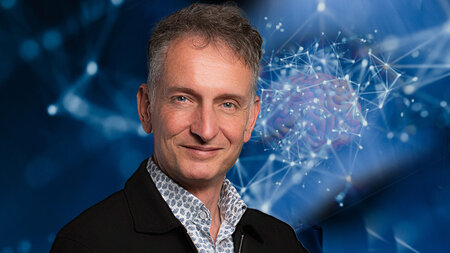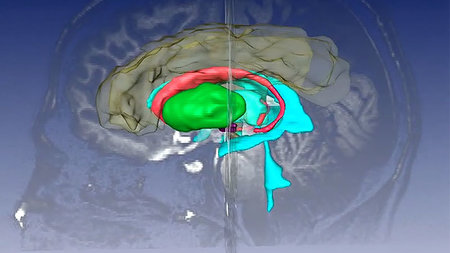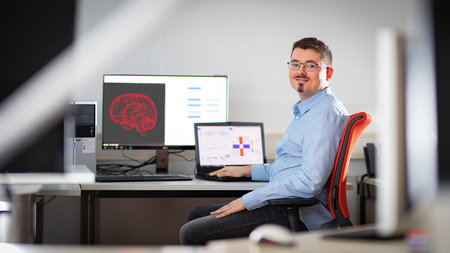Cerebellum, forward and inverse models
The major role hypothesized for the cerebellum is the learning of internal models, both forward and inverse. Inverse models learn through supervised learning to produce movements that bring the effector closer to a goal. Inverse models are particularly useful in motor learning, where a motor behavior should be automatized and fast, while being able to correct its performance online.
Forward models learn to predict the sensory consequences of planned actions, allowing for emulation: what would happen if I did that? The combination of inverse and forward models in the cerebellum is very important to understand, as this interplay is central to most theories of optimal control. Furthermore, forward models are thought to be central to the sense of self and agency ("this sensory event is a consequence of my actions as I could predict it") and can allow for model-based planning in combination with the basal ganglia and the hippocampus.
Associated projects
DFG program "The Active Self" (SPP 2134) DFG HA2630/12-2 (2022-2024).
DFG program "The Active Self" (SPP 2134) DFG HA2630/12-1 (2019-2021).
SAB project KIN-TUC 2511763 (2020-2022).
Selected Publications
Katharina Schmid, Julien Vitay, and Fred H. Hamker (2019)
Forward Models in the Cerebellum using Reservoirs and Perturbation Learning.
Conference on Cognitive Computational Neuroscience, Berlin, Germany.
doi:10.32470/CCN.2019.1139-0





